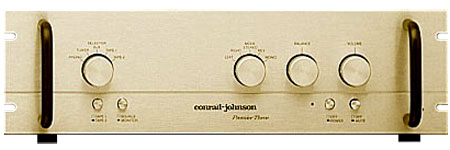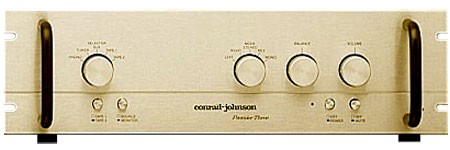
Conrad-Johnson Premier 3 preamplifier May 1985, Conclusions
Conrad-Johnson Premier 3 preamplifier May 1985, Conclusions





I wanted to start a thread, separate from the current ART system thread to make a point about testing and methodology.
Ted Denney took it on the chin by admitting that he made a gross error in measurements and so the data in his graphs is erroneous. Ok, so he'll go back and correct his data collection procedures and hopefully we'll see a new set of graphs shortly.
I know something like this happens to us all at some point, but it hurts: wife was dusting and bent the needle on my Ortofon 2M Black, which had fewer than 200 hours on it.
I decided to put on a record and relax. It was kind of dim, so I didn't notice anything was amiss, and I set the needle down and heard this blood-curdling screeching sound and my heart just sank.
I'm hurting. There goes $500.
Ouch man. Very ouch. 
I wanted to start a thread, separate from the current ART system thread to make a point about testing and methodology.
Ted Denney took it on the chin by admitting that he made a gross error in measurements and so the data in his graphs is erroneous. Ok, so he'll go back and correct his data collection procedures and hopefully we'll see a new set of graphs shortly.